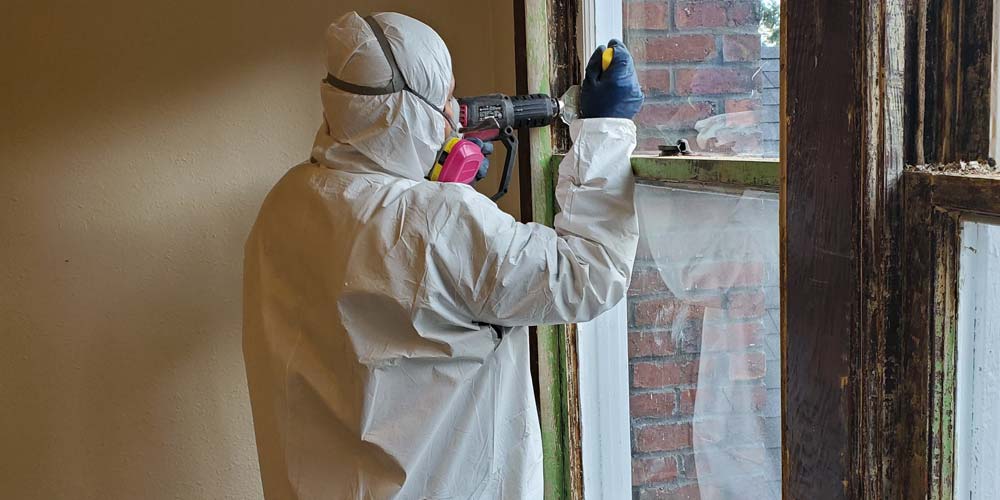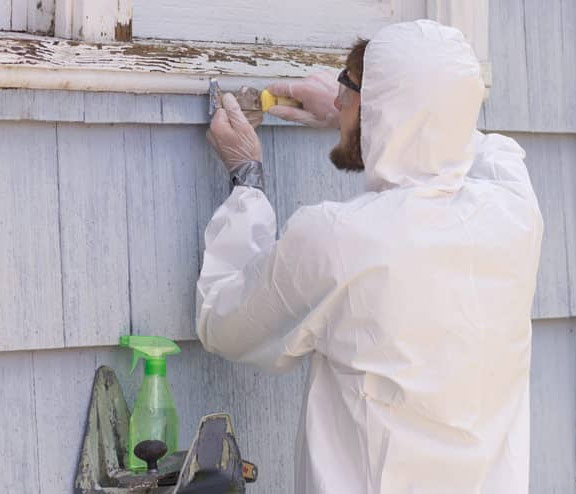Essential Tools and Approaches for Effective Lead Violation Cleanup
Dealing with lead offenses efficiently demands a detailed strategy that blends the right devices with calculated approaches. Concurrently, the use of specialized clean-up tools, such as HEPA vacuums and lead-specific cleansing agents, is vital for thorough pollutant removal. Efficient containment approaches, consisting of plastic bed linen and unfavorable air pressure systems, are vital to prevent the spread of unsafe materials.
Individual Safety Devices
Personal safety equipment (PPE) is a crucial part in the efficient management of lead contamination cleanup. The essential PPE for lead clean-up consists of respirators, safety clothes, gloves, and eye security.
Respirators, particularly those furnished with HEPA filters, are important for filtering airborne lead bits, stopping breathing. Appropriate fit and seal checks are important to ensure their performance. Protective clothes, including coveralls and non reusable suits, prevents lead dust from adhering to employees' garments, reducing the threat of additional contamination. Gloves, commonly made of nitrile or latex, shield the skin from direct call with lead, while security goggles or full-face shields protect the eyes from dust and debris.
In addition, rigorous training on the right usage and upkeep of PPE is important. Workers have to be enlightened on putting on and doffing treatments to stay clear of contamination. Routine evaluations and substitutes of PPE parts are required to maintain their protective abilities, making sure a safe and compliant clean-up procedure.
Specialized Clean-up Devices

Another vital device is the wet/dry vacuum, which can successfully clean up both dirt and liquid contaminants. These vacuums commonly feature HEPA filters to provide an extra layer of safety and security. Damp cleans or tack towels are additionally important for surface area cleaning; they are particularly made to catch and hold lead particles, reducing the risk of spreading contamination.
For more stubborn deposits, specialized lead-removal cleansing agents are needed. These agents are created to damage down lead particles, making them less complicated to remove. Scrub brushes with strong bristles can assist in this process, especially on rough surface areas where lead dirt tends to adhere more strongly.
Additionally, encapsulants are used to secure lead-contaminated surface areas, preventing the release of lead dust. These specialized paints and layers are developed to follow numerous substrates, giving a long-lasting remedy for lead control.
Reliable Containment Approaches
Effective containment methods are vital in minimizing the spread of lead contamination during cleaning activities. Carrying out robust containment methods ensures that lead bits do not move to unaffected areas, thus securing both workers and the atmosphere (DOH & HPD Lead Violation Removal NYC).

To boost containment, encapsulants can be put on surface areas that are not being eliminated or disturbed. These specialized coverings bind lead dirt, minimizing its schedule for resuspension. Furthermore, all employees have to use suitable Personal Protective Tools (PPE), including respirators and non reusable fits, to stop contamination spread.
Safe Disposal Practices
Guaranteeing secure disposal techniques is a crucial component in the administration of lead contamination cleanup. Correct disposal minimizes the risk of lead re-entering the setting and endangering public health (DOH & HPD Lead Violation Removal NYC).
Delivering lead waste requires adherence to strict guidelines. Utilizing qualified contaminated materials carriers makes certain that the products are dealt with responsibly. Documents, including manifests detailing the type and quantity of waste, must official site come with shipments to track the waste from the website of beginning to its final disposal destination.
Designated hazardous waste disposal facilities are furnished to take care of lead-contaminated materials safely. These centers commonly utilize sophisticated methods such as stablizing, solidification, or chemical therapy to reduce the effects of the lead prior to disposal. Landfilling in specialized, lined areas that prevent leachate from polluting groundwater is a common technique for last disposal.
Routine training for employees entailed in lead garbage disposal is essential to preserve security criteria and protect against unintentional direct exposure. By adhering to these methods, organizations can considerably minimize the ecological and wellness influences related to lead contamination.
Regulatory Conformity Tips

Sticking to regulative conformity is vital in the successful implementation of lead contamination clean-up. Comprehending and following government, state, and local policies guarantees not only the safety and wellness of people however likewise the lawful and financial health of the cleaning organization. The Epa (EPA) establishes rigid criteria, such as the Lead Improvement, Fixing, and Paint (RRP) Regulation, which mandates proper accreditation and training for specialists managing lead-based activities.
Compliance starts with an extensive evaluation of appropriate legislations and policies. Organizations must remain updated on any kind of legislative adjustments, which can be assisted in via normal training sessions and subscribing to sector updates. Documentation is an additional crucial conformity aspect; maintaining thorough documents of all activities, consisting of assessment reports, worker training logs, and disposal manifests, is essential.
Moreover, involving with licensed lead examiners or risk assessors guarantees that lead hazards are properly determined and mitigated. Employers must apply the use of Personal Protective Tools (PPE) and reference ensure that security procedures are strictly adhered to. Transparent interaction with stakeholders, including employees, customers, and regulative bodies, will foster a society of conformity and accountability, inevitably adding to a safer and extra reliable lead cleanup procedure.
Final Thought
Reliable lead offense clean-up necessitates the combination of specialized tools and strategic methods to make sure security and effectiveness. Utilizing HEPA vacuum cleaners, specialized cleaning up representatives, and reliable control methods such as plastic bed linen and unfavorable atmospheric pressure systems is critical. Personal safety equipment (PPE) safeguards employees from direct exposure, while secure disposal methods and strict adherence to governing compliance are vital for properly managing hazardous waste. Collectively, these actions dramatically reduce health risks and add to a cleaner setting.